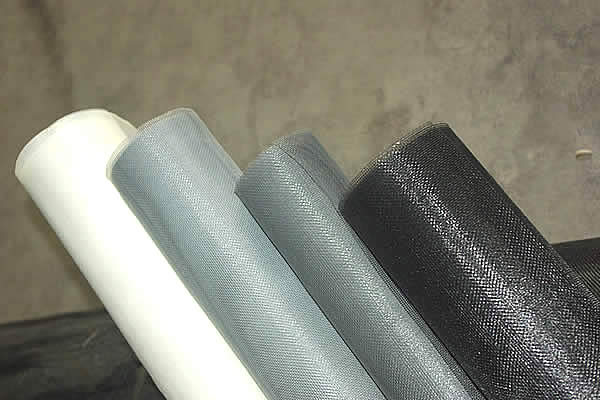 TEL:
+86-13102802206
TEL:
+86-13102802206
 Email:
fencenetting@china.com
Email:
fencenetting@china.com
 Language
Language
 TEL:
+86-13102802206
TEL:
+86-13102802206
 Email:
fencenetting@china.com
Email:
fencenetting@china.com
 Language
Language


Building a 4x4 Hog Fence A Comprehensive Guide
When it comes to creating secure boundaries for livestock, particularly hogs, a well-constructed fence is paramount. The 4x4 hog fence is a popular choice among farmers and homesteaders for its durability, effectiveness, and relatively straightforward installation. This article provides a comprehensive guide on building a 4x4 hog fence, covering materials, design considerations, installation steps, and maintenance tips.
Understanding the 4x4 Hog Fence
The term 4x4 hog fence typically refers to the dimensions of the posts and the spacing of the fencing materials. The term also encompasses the basic layout and structure required to effectively contain hogs while ensuring their safety and well-being. A hog fence must be strong enough to withstand the force of curious and often boisterous animals, which is why 4x4 posts are preferred.
Materials Needed
Before you start building, gather the necessary materials
1. Wooden Posts 4x4 treated wooden posts are ideal as they resist rot and can withstand various weather conditions. 2. Fencing Panels Heavy-duty wire fencing or welded wire panels designed for livestock containment. A height of at least 4 to 5 feet is recommended to prevent hogs from escaping.
3. Concrete For securing the posts in the ground and ensuring stability.
4. Gates A sturdy gate with a secure latch mechanism to allow for easy access to your hogs.
5. Tools Basic tools required include a post hole digger, hammer, saw, level, and measuring tape.
Design Considerations
When designing your 4x4 hog fence, consider the following factors
- Layout Choose a location that provides adequate space for your hogs to roam. The layout should avoid low spots where water can accumulate.
- Height A height of 4-5 feet is typically sufficient to keep hogs contained. The fence should be taller if you have particularly athletic or escape-prone breeds.
- Burying the Fence Hogs are known for their rooting behavior, meaning they will dig if given the opportunity. To prevent escapers, consider burying the bottom 12 inches of the fence underground or extending it outward at the base.

- Spacing The spacing between the fence panels should be narrow enough to prevent smaller animals or piglets from slipping through but wide enough to allow for ventilation and visibility.
Installation Steps
Once you have your materials and design, follow these steps to install your hog fence
1. Mark the Area Using stakes and string, outline the perimeter of your fence.
2. Dig Post Holes Space your 4x4 posts about 8-10 feet apart. Dig holes that are at least 2 feet deep for stability.
3. Set the Posts Place the wooden posts in the holes and ensure they are level. Fill the holes with concrete to secure them, allowing for drying time.
4. Attach Fencing Panels Once the posts are set, attach the fencing panels securely to the posts, ensuring there are no gaps.
5. Install the Gate Choose a location for your gate that allows for easy access while maintaining the integrity of the fence.
Maintenance Tips
Maintaining your 4x4 hog fence is essential for ensuring it remains secure and effective
- Regular Inspections Check the fence routinely for any signs of damage, wear, or holes that may need repairs.
- Reinforce Weak Areas Pay attention to places where hogs may push against the fence, and reinforce them as needed.
- Keep the Area Clear Ensure that dense vegetation or debris does not obstruct the fence or provide escape routes.
Conclusion
A well-built 4x4 hog fence is an investment in the safety and security of your livestock. By carefully selecting materials, considering design elements, and following proper installation techniques, you can ensure a strong enclosure that meets the needs of both your hogs and your farm. With regular maintenance, your hog fence will provide security for many years to come, allowing you to focus on the joys of raising your animals without worry.